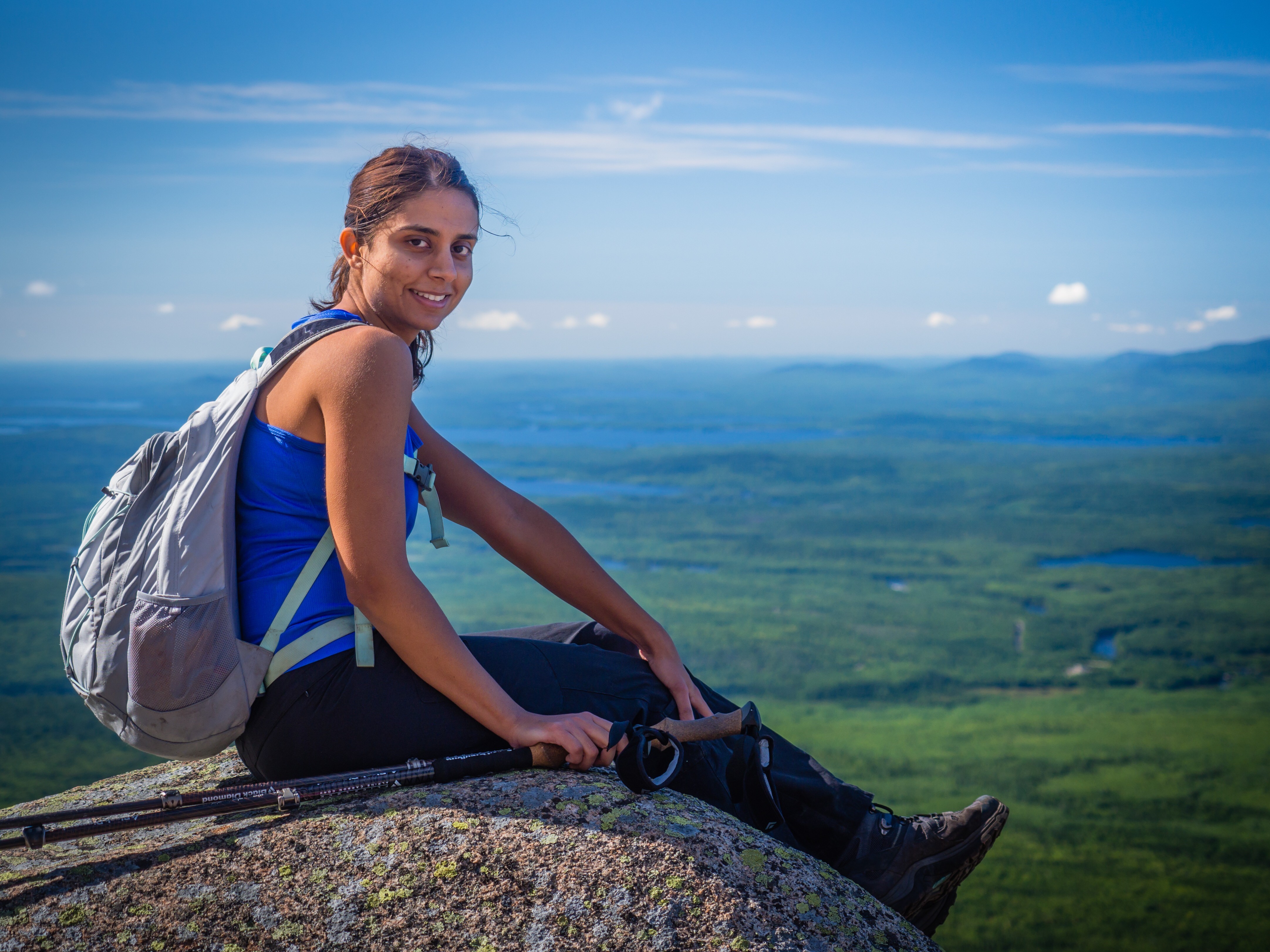Alum Tasked by Amazon to Improve Delivery Practices
-
-
Slice of MIT
Filed Under
Recommended

Have you ever been riding in a car or cab and felt like you hit all the red lights—while observing unnecessary backups, clogged intersections, and traffic congestion all around you? Kanchana Nanduri SM ’13 has spent much of her career studying transportation, and not just in terms of traffic congestion, but also in how it relates to the environment. With the rapid growth of online shopping, Nanduri is using this expertise to improve efficiency and move the needle on sustainability at an e-commerce giant.
After applying to MIT on a whim, Nanduri, who grew up in Bangalore, was surprised not just to be accepted, but to be offered a fellowship. “Going to grad school in America was the dream for every engineering student in India, but I knew it was really expensive and my parents couldn’t really afford the tuition. I applied to see if it would go anywhere, but then when I got the MIT [Energy Initiative] fellowship, that changed the game because it was suddenly within reach.”
The source of the fellowship helped define the energy-related focus of her work, says Nanduri, who collaborated with civil and environmental engineering associate professor Carolina Osorio on optimizing traffic signals to cut down emissions (one of the major side effects of traffic congestion is pollution). Nanduri’s first job after completing her master’s degree was at a transportation consulting firm, where she helped design improvements to urban transportation systems. Next, Nanduri brought her transportation and sustainability expertise to Amazon, where she is navigating the world of delivery.
Amazon doesn’t release exact numbers on its delivery stats, but CEO Jeff Bezos disclosed in April 2018 that Amazon Prime exceeds 100 million members worldwide, saying, “In 2017 alone, Amazon added more Prime members than any prior year, and shipped over five billion items through the paid membership service worldwide.”
Figuring out how to coordinate shipping for all these packages is a complicated endeavor, says Nanduri, whose role drives innovation across a team that builds models for optimizing Amazon’s delivery networks. “We have researchers and software engineers who build extremely comprehensive and intelligent models that make the whole delivery process more and more efficient, even as the number of shipments keeps going up every month, every year.”
Amazon’s deliveries have always been carefully calculated for efficiency and minimal costs. But with an increased focus on sustainability, Nanduri and her team are tasked with finding optimal delivery solutions that take into account the increased complexity of Amazon’s growing global network. They have been involved with innovations from Amazon Lockers—helping to optimize locations—to Amazon Scout, the six-wheeled delivery robot that is being tested in Seattle neighborhoods.
The first step, she says, is to calculate the true environmental impact of e-commerce deliveries. “I think that it will soon be a reality to say that by ordering my shipment from Amazon I have actually done better than, say, if I had driven 20 miles to a store, because it is better to have one driver delivering [50 packages] than to have all of the 50 people on that route drive individually to pick up their products,” she explains. “There are a lot of tradeoffs and math involved, but as Amazon matures as a company there’s going to be more and more collection of that kind of data.”
And in the future, Nanduri hopes to share her expertise even more widely across projects at Amazon, spreading the emphasis on sustainability: “I want to become a subject matter expert and be in a position to make sound decisions which are beneficial not just to the company but to the planet.”
Photo (top): Kanchana Nanduri SM ’13 pictured hiking Mt. Katahdin in Maine, chasing the highest peak list in the Northeast before moving to Seattle.







